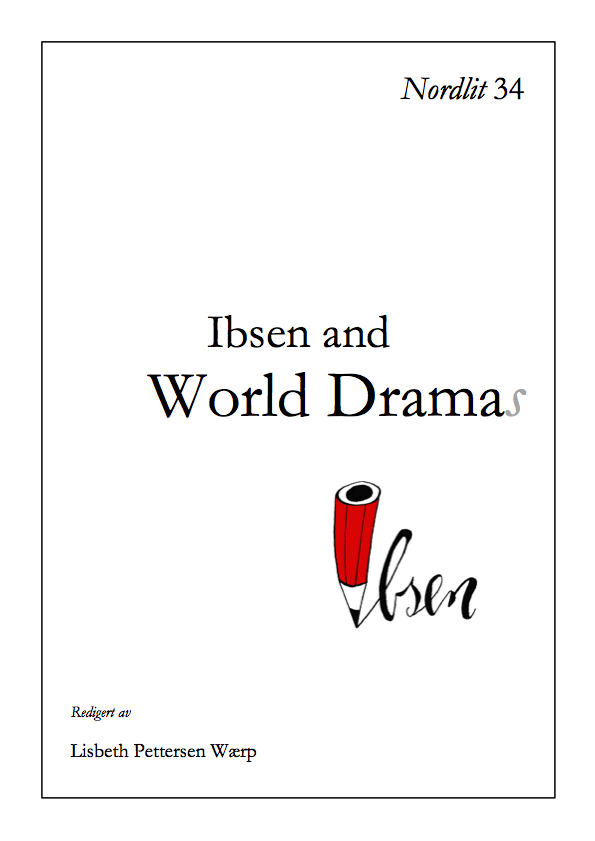The play-within-the-film: Peer Gynt in Skjoldbjærg's En folkefiende (A public enemy, 2004)
DOI:
https://doi.org/10.7557/13.3386Emneord (Nøkkelord):
Adaptation, film, drama, play-within-the-play, Henrik Ibsen, En folkefiende/An Enemy of the People, Erik Skjoldbjærg, En folkefiende/A public enemySammendrag
In Erik Skjoldbjærg’s adaptation of Ibsen’s En folkefiende (An enemy of the people), another Ibsen play serves as a crucial intertext: In the film, the protagonist and his family watch a Chinese production of Ibsen’s Peer Gynt at the National Theatre in Oslo. This article examines Skjoldbjærg’s film as an Ibsen adaptation in which a second Ibsen play serves as a significant intertext, or play-within-the-film, by examining the status and the function of the play-within-the-film. The conclusion is twofold: (1) The theatre sequence in the film indicates that protagonist Tomas Stockmann, by identifying with the Peer Gynt of the Chinese play, is given a motto – ”Straight through!” – that, however, is not really Peer Gynt’s motto in Ibsen’s Peer Gynt, but very similar to that of his counterpart in Ibsen’s oeuvre, namely Brand, and Brand’s “Intet eller alt”, “All or Nothing”. In the film Stockmann is made to share Brand’s idealism and heroism via a Peer Gynt that resembles Brand more than Peer Gynt, insisting as he does on fighting his way through. The complexity of the protagonist of the film is thus reflected in two opposed Ibsen characters, two opposites in Ibsen’s oeuvre, Brand and Peer Gynt. (2) This does not unambiguously support the adapter intention, that according to the director is to present a new, critical interpretation of the protagonist, but also challenges, or even undermines it: The critique of Tomas Stockmann as an extreme idealist, a destructive radical and an impossible hero, is confronted by the likewise obvious necessity of his kind.









